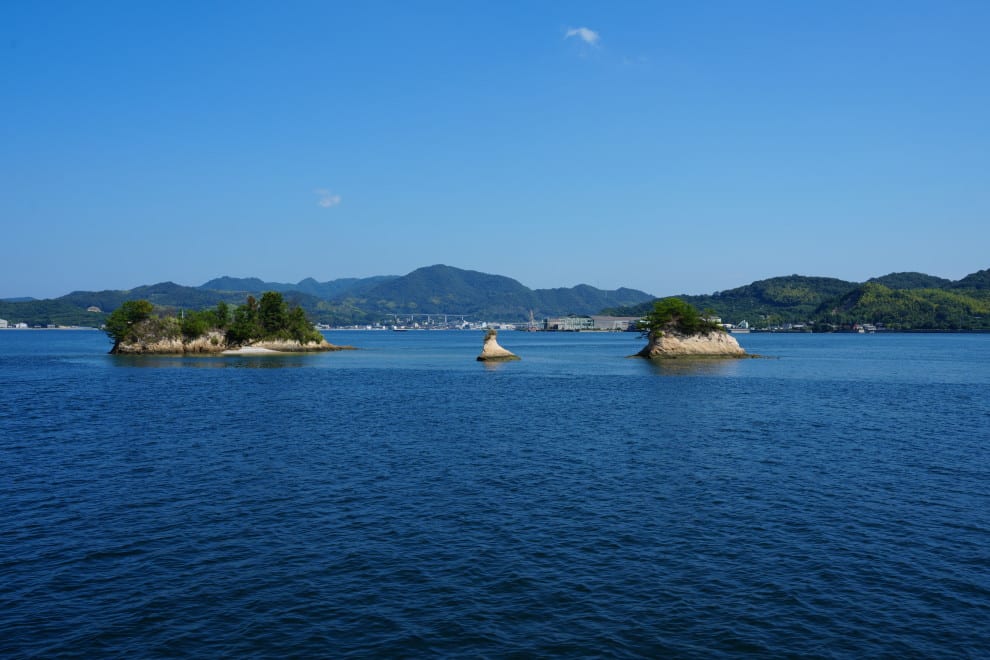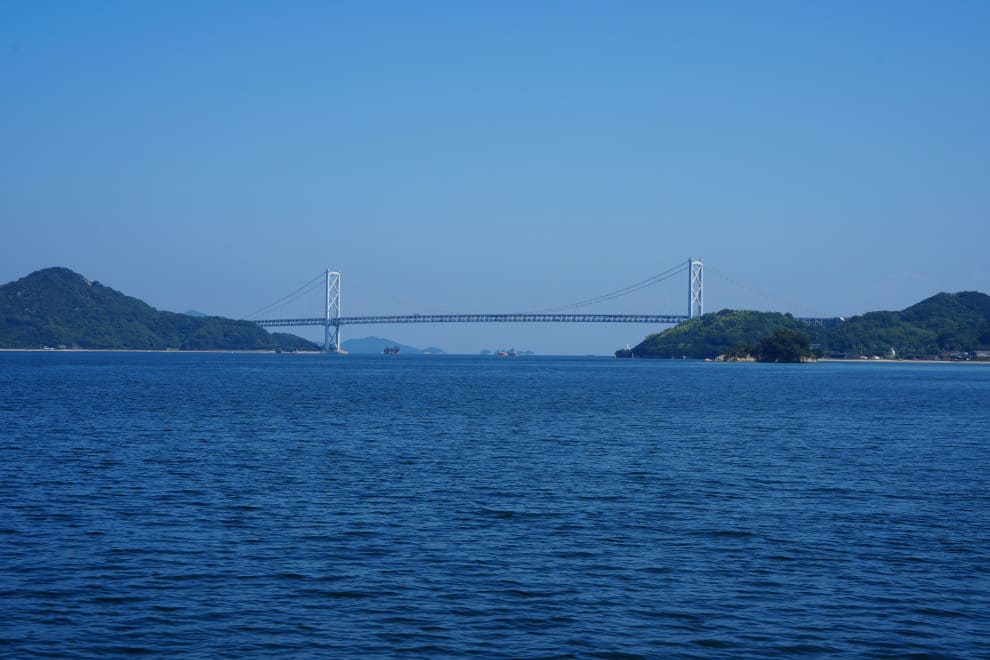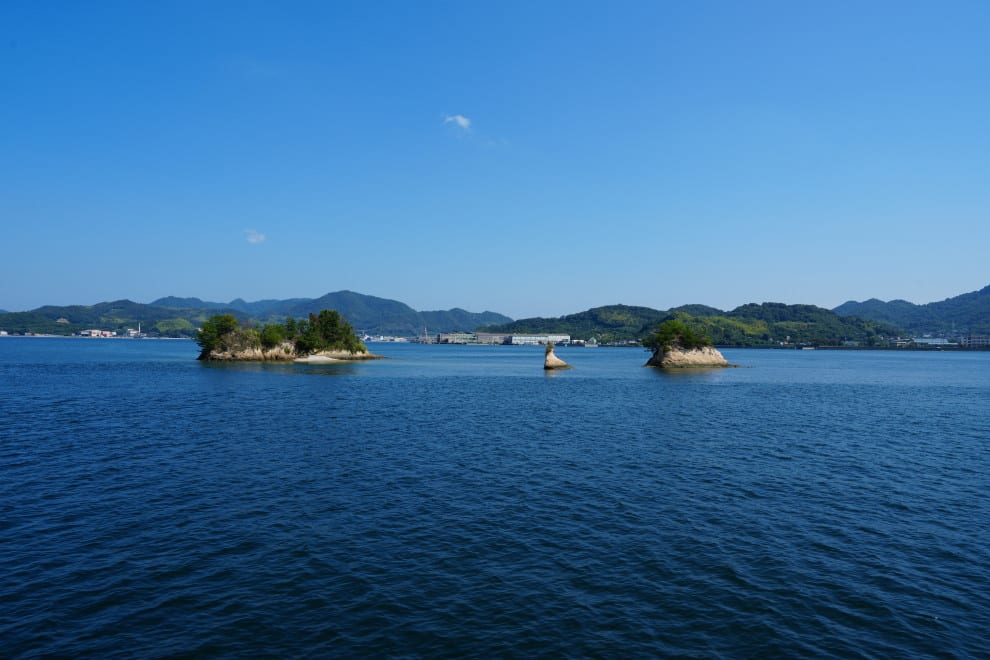September 9, 2023
That is why the Xinhai Revolution is called the "Revolution Beyond the Mind."
October 27, 2015
The following is from the book by Takayama Masayuki, which continues from the previous chapter.
When reading this passage, almost all Japanese people should think.
We knew very little about Sun Yat-sen.
In particular, Japanese people who subscribe to the Asahi Shimbun must have felt that Miyazaki Toten and Umedani Shokichi were great without knowing anything about Sun Yat-sen's true nature.
Since that is how I am, many Japanese people must have been the same.
It is a must-read not only for Japanese people but for people worldwide.
The Chinese who created PM2.5 do not need assistance.
They show their originality in filthiness without any intellectual property, but what they do is...
Sun Yat-sen openly expresses his jealousy towards Japan.
Sun Yat-sen, who was of Hakka descent, spent his childhood in Hawaii, relying on relatives. Even after graduating from school, he didn't stand out there.
He returned to Macau and worked as a doctor but got bored.
Then, one day, he decided to plan an uprising to overthrow the Manchu dynasty, the Qing.
When Mao Zedong took power and purged anyone he didn't like, there was a record of 26 people who said, "I'm the emperor. "These people raised funds for the revolution by paying off their salaries when promoted and arrested.
There have always been a lot of careless people like that in China.
Sun Yat-sen was one of them.
In Sun Yat-sen's case, someone calling for funding for the uprising betrayed him.
He barely escaped to Japan with his life.
Sun Yat-sen should be grateful to have a nearby space like Japan, which freely welcomed criminals and revolutionaries.
What's more, the people there knew no suspicion.
Miyazaki Toten and others had the misconception that the Han people were great, and in Thirty-Three Years' Dream, he truly felt sorry for the Manchu people who they enslaved.
He shed tears when he arrived at the Huangpu River, which was just as dirty as today.
He didn't realize that his tears were caused by the mercaptan released by the sludge and the ammonia produced by the excrement; he believed they were tears of gratitude for coming to the great country of China.
Umeya Shokichi followed Toten's example and donated 1 trillion yen in today's money.
Inukai Tsuyoshi did the same.
He offered Sun Yat-sen a massive mansion in Tsurumaki-cho, Waseda, for free, and Sun Yat-sen lived there with his Japanese wife.
Meanwhile, Japan fought and won the Russo-Japanese War.
As a Han Chinese who had been a slave to the Manchus, let alone the whites, Sun Yat-sen openly expressed his jealousy by saying, "Japan's victory encouraged the Asian peoples who believed they could not defeat the whites," and "But of course, if the Japanese can do it, our Han people can do it too."
He abandoned his Japanese wife, who had taken care of him.
Then, while he was playing around in Europe and America, extorting money from Umeya Shokichi, the Wuhan Uprising occurred.
It was the beginning of the Xinhai Revolution.
However, the Han people still do the same things today without any thought or logic.
Even in the Wuhan Uprising, someone dropped a powder box in a powder storehouse, causing a massive explosion.
Everyone thought it must be a revolution and got on board, and the revolution succeeded by chance.
However, Sun Yat-sen was playing around in America.
There was no leader for the revolutionary army.
So he appointed Li Yuanhong, a commander on the Qing dynasty side who had been capturing revolutionaries and beheading them until yesterday, as the leader.
It was not something that could be dismissed carelessly.
That is why the Xinhai Revolution was called the "Revolution Beyond the Mind."
When Sun Yat-sen heard about it in Denver, he traveled around New York and London to solicit investors.
He had to line his pockets first. However, among the Han, a civil servant who had passed the imperial examination was a prerequisite for a leader. A high school diploma from Hawaii would not do.
Sun Yat-sen was forced to resign, and Yuan Shikai, a senior official and civil servant of the Qing dynasty, became president.
He immediately became emperor and tried to establish the Yuan dynasty. His actions were so careless that I didn't feel like writing seriously.
At that time, John Powell, a reporter for the U.S. government-funded anti-Japanese journal China Weekly Review, met Sun Yat-sen and his wife in Shanghai.
His wife was not the Japanese wife he had been looking after but Soong Ching-ling, whom he had married shortly before the meeting.
The wedding was held at Umeya Shokichi's mansion in Tokyo.
Takemura worried about the desertification of China.
Powell wrote at the time in Prewar Japan and China, "An American guard with a pistol accompanied Sun Yat-sen."
The guards were bodyguards provided by American investors.
In other words, Sun Yat-sen was switching to an American sponsor since he had almost debauched Umeya's assets.
So when the topic of Japan came up at the press conference, "Sun Yat-sen harshly criticized Theodore Roosevelt's mistaken policy toward Japan."
Sun Yat-sen pointed out where he had misplaced a button: "If the U.S. had not stepped up its efforts and allowed Japan into Korea, Japan would not have been able to gain a foothold on the mainland. If the U.S. had properly restrained Japan, there would have been no problem. "
Again, Sun Yat-sen had just been congratulated on his marriage shortly before, surrounded by Japanese to whom he owed a debt of gratitude.
And here we are.
Japanese people do not need to sympathize with the Chinese.
They have the power to find sponsors in the West and deceive them.
In later years, Miyazaki Toten also learned the true nature of the Han people, including Sun Yat-sen, and became a Naniwabushi storyteller.
I can understand that feeling.
After Sun Yat-sen, the Chinese were ruled by the even more irresponsible Mao Zedong.
Life became highly miserable.
The mountains became barren, and the rivers stank the same for half a century.
Then Takemura Masayoshi appeared.
He is a man with poor eyesight and a poor brain, who saw the big Japan as a gold tooth in a false tooth and said foolish things like "It's fine if it's small and sparkling."
He was more worried about the desertification of China than Japan.
He said, "Greening is a common benefit for both Japan and China," and started planting trees in China, using government money to set up a Japan-China Greening Fund.
From the beginning of the planting, the Chinese will pull it out for firewood.
The Chinese do not water the trees even if they grow, so they wither.
The Japanese people's money had been sucked into the desert for ten years.
* NHK aired a particular program on Japanese people planting trees in the desert areas of China.
Contrary to the NHK's flattering narration, I remember wondering whether greening could be done in such a state.
The story goes like this.
If we hadn't read Takayama Masayuki's book, it would be no exaggeration to say that we would not know the truth of Japan's modern history.
As I have mentioned many times, instead of conveying the facts properly, we have been forced to accept their childish intellect and pseudo-moralism.
In other words, it is not just anti-intellectual, but of all things, we have been subscribing to a newspaper that is like propaganda from Korea and China, paying 5,000 yen a month for decades.
It is no wonder that the world has become extremely unstable and dangerous.
The evil of the countries I have mentioned and the evil of the Asahi Shimbun have covered the world.*

2024/9/5 in Onomichi















